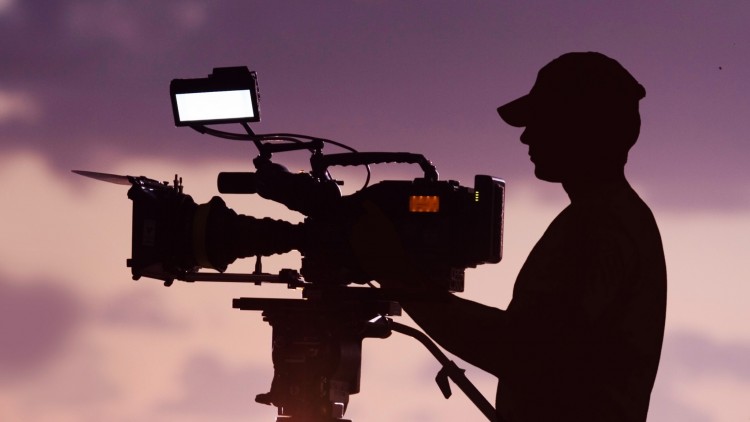When audiences walk out of a cinema, they carry memories of performances, visuals, and soundtracks. Few, if any, think about the paperwork that paved the way for that film to exist. Yet, pre-production paperwork quietly holds a movie together, from its budget to its creative heartbeat. It is the unsung hero of film success.
What Is Pre-Production Paperwork?
Pre-production paperwork is everything written, recorded, or signed before the cameras roll. Budgets. Schedules. Contracts. Storyboards. Shot lists. Location permits. Insurance agreements. These documents are not decoration—they are the skeleton of production. Without them, the entire process risks falling apart.
In filmmaking terms, paperwork is a safety net. It helps to manage film budgets, organize shooting schedules, streamline film workflow, and keep dozens or even hundreds of people moving in the same direction.
Why It Matters
1. Budget Control
Filmmaking is expensive. A small indie project can burn through thousands; large studio features, hundreds of millions. Pre-production paperwork allows producers to calculate where the money will go, and more importantly, where it should not go. Every line item is mapped out.
According to the Producers Guild of America, productions with clearly defined budgets in paperwork are about 35% less likely to overspend. This shows just how powerful documentation can be. It acts as a compass—pointing teams toward wise financial choices and steering them away from ruin.
During film production planning, you will have to send and receive a lot of documentation. And when budgets or contracts need to be sent securely, tools such as Fax App ensure documents are delivered safely and on time. At the pre-production paperwork stage, fax app is a necessary tool. Even compared to traditional fax, with movie project organization you can save a lot of labor hours on documentation with the same level of security.
2. Scheduling the Impossible
Time is unforgiving on a set. Actors’ availability, weather conditions, location rentals—everything depends on strict schedules. A day lost often means thousands of dollars wasted. Pre-production paperwork, especially call sheets and shooting schedules, is the glue that prevents time from slipping away.
For example, if a lead actor is available for only ten days, the paperwork ensures all critical scenes are grouped together. No guesswork. Just clear, deliberate planning. A British Film Institute study showed that films with strong scheduling practices reduce downtime by almost 20%. That is not just efficiency—it is survival.
3. Protecting the Creative Vision
Directors dream big, but big dreams can fade without a framework. Pre-production paperwork—storyboards, shot lists, and mood boards—captures the vision and locks it into a form that others can understand. This keeps the production team coordination intact.
Cinematographers can light scenes properly. Designers can build accurate sets. Editors can anticipate transitions. Paperwork turns abstract imagination into executable reality. In essence, it works to protect creative vision. Without it, chaos would smother artistry.
4. Legal and Rights Security
Paperwork is also about safety and legitimacy. To secure film rights, contracts and agreements must be written, signed, and stored. From music licenses to distribution deals, pre-production documents ensure that films don’t collapse under lawsuits.
Insurance paperwork shields productions from accidents. Location permits guarantee legal filming. Actor agreements prevent disputes. Industry data from IATSE suggests that projects with thorough legal documentation face 25% fewer interruptions compared to those without it.
Behind every scene, there’s a contract making sure it can exist at all.
Streamlining the Workflow
Paperwork is more than rules and signatures; it actively streamlines film workflow. Crew members know their responsibilities. Departments understand deadlines. Equipment arrives when it’s needed, not days late. With everything documented, surprises are minimized.
A study of European independent films revealed that productions with clear workflows in paperwork reduced miscommunication by nearly 30%. Imagine the difference on set: instead of wasted arguments, people simply do their jobs.
Balancing Creativity and Control
Filmmaking is not purely art, nor is it purely business. It is a blend of both. Paperwork creates the boundaries in which creativity can thrive. A director’s vision may soar, but without scheduled days, legal protections, and budget limits, even the best vision can sink.
Some directors resist paperwork, feeling it limits spontaneity. In reality, it does the opposite. By securing the essentials—money, time, legality—it frees the creative team to focus on performance and storytelling. The paperwork shoulders the weight so imagination can breathe.
Invisible, Yet Indispensable
What makes pre-production paperwork fascinating is its invisibility. Viewers never applaud a budget sheet. No critic praises a shooting schedule. Yet, if they are missing, the cracks in a film show immediately—delays, budget explosions, or unfinished projects.
The audience sees none of the documents, but they feel the results. Smooth editing. Consistent visuals. Confident pacing. These are not accidents—they are echoes of paperwork done well.
Conclusion
Pre-production paperwork may not get the glory, but it deserves the respect. It manages film budgets, organizes shooting schedules, streamlines film workflow, and secures film rights. It shapes the invisible infrastructure that allows creativity to thrive without collapsing into chaos.
The next time a movie feels flawless, remember that behind every polished frame lies a mountain of signatures, lists, and carefully written plans. The film may dazzle, but paperwork quietly made that dazzle possible.






